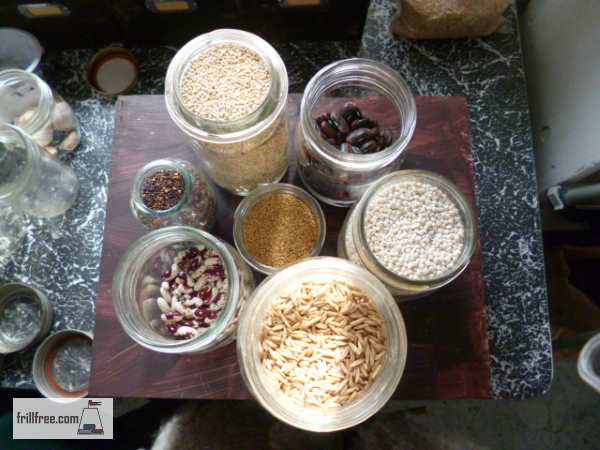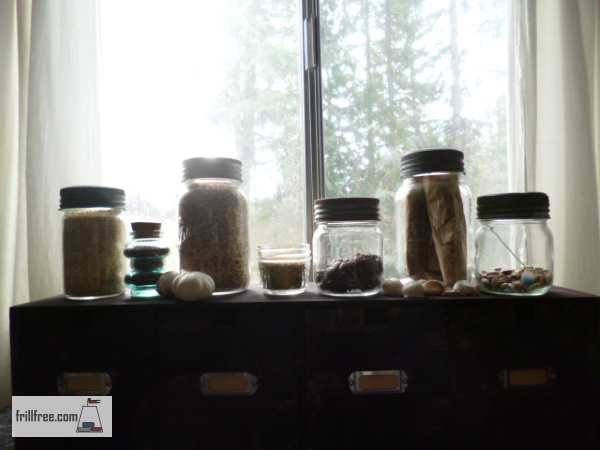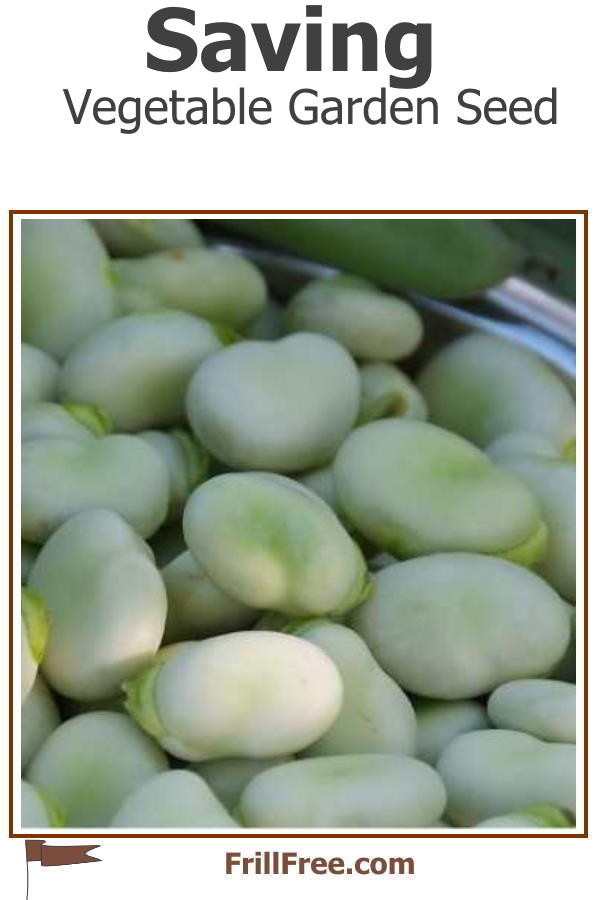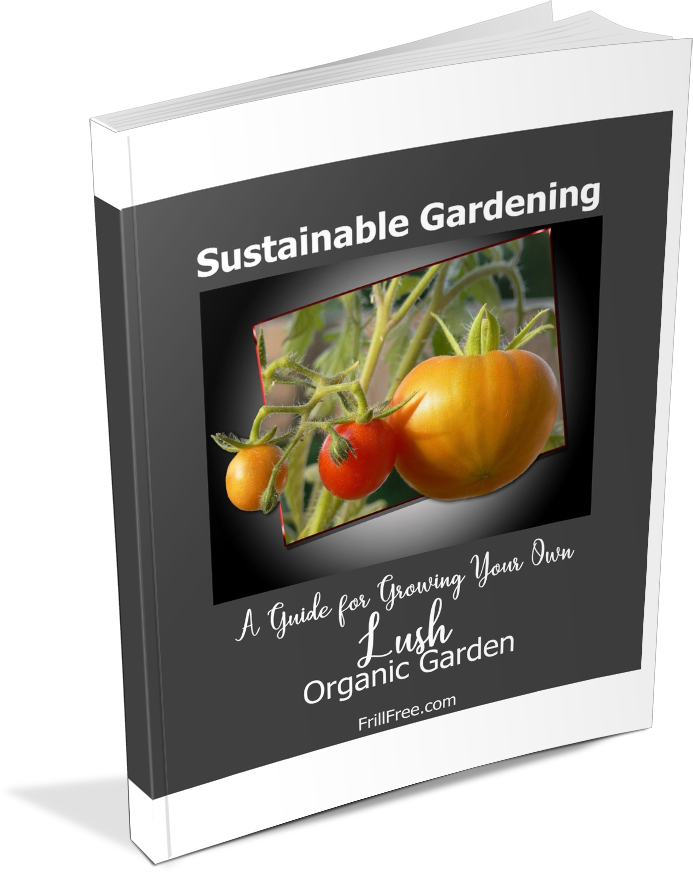- Homesteading
- Seed Planting
- Saving Vegetable Garden Seed
Saving Vegetable Garden Seed
Seed Storage Tips and Tricks
Saving your own vegetable seeds from plants in your own garden or that of a friend can give you a lot more variety in the next season; learn how to harvest, clean and store the valuable seeds from your crops.
Heirloom varieties, which are strains of certain plants that have been handed down for many generations, are valuable additions to the gene pool.
Many of these are tried and true types of vegetables, usually perfectly adapted to certain conditions; examples of these are the tomato varieties specifically developed to withstand cooler temperatures and short seasons.
These have to be isolated from other varieties, hand pollinated to ensure the purity of the strain, and carefully harvested and stored.
Paste tomato varieties such as San Marzano are an example of a heritage variety.
Other plants which are heirloom or heritage types are winter squash, which are grown in many places as a winter staple.
Long storage and sweet taste are important factors in selecting the perfect plant, and it's only after a lot of trial and error that the crucial characteristics become dominant.
 Saving Seeds - they must be kept dry and cool
Saving Seeds - they must be kept dry and coolIntroducing other genetics can completely destroy years of work by taking the traits in another direction entirely.
Seeds are by their nature, short lived. Although some seeds have been found in ancient tombs in Egypt, that were still able to germinate, this is a rarity.
Not many of us have the perfect ambient temperatures, humidity and other factors to keep seeds in storage this long.
Here
are a few ways to make sure that your seeds have the best chance of
surviving storage conditions for at least a year or two.
Harvesting the seed heads of the plants, or in the case of fruits like tomatoes or peppers is a finely timed event.
Too early, and the seeds haven't developed enough.
Too late, and insects could have already moved in, or the seed pods shatter and the seeds are already scattered by the time you go to harvest them.
 Jars of Seeds - once they're dry, put them in a dark cool place
Jars of Seeds - once they're dry, put them in a dark cool placePaper bags have almost exactly the right conditions for saving seeds of mustard or cole crops, lettuce and other greens.
Cut the stem of a still green seed head, and put it upside down in the bag. Leave the bag in a cool but airy place so the seed pods will dry, and after a good shake the seeds will fall out.
After a few weeks, pour the now dry seeds into a mason jar, and put cheesecloth or screen over to keep out bugs, and let them dry completely. It's amazing how much moisture will remain in the thicker parts.
Seeds that
are dry will go dormant, only to awaken and grow (germinate) when
conditions are right; moisture, and warmth will trigger this.
Collect pill or vitamin bottles, which usually come with a small
package of silica gel; this is what is called 'hydroscopic' and draws
moisture to itself, and away from the vitamins or pills, or in your
case, the seeds.
Gradually, germination rates dwindle, so it's worth doing a germination test before doing any real seeding just to check if they are still viable.
Saving seeds can become more of a joy than a thankless task; with practice you'll reduce your reliance on the big seed companies and have much more control over the varieties of vegetables you grow in your garden.
Seed banks and swaps have been forming all over. The thing with seeds is that they must be grown to replenish the stocks, so get involved with one in your area, and have access to many different types of heirloom vegetables for your table.













